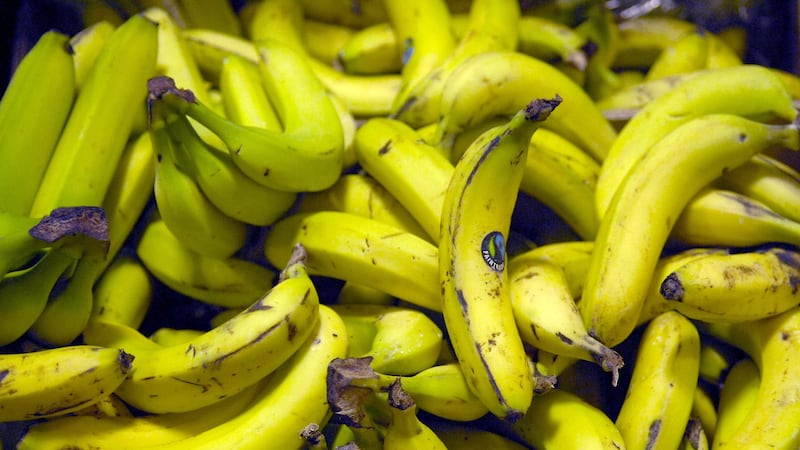Walking recently through the grounds of Fermanagh’s Castle Irvine, or Necarne as it’s known, the sun shone through bare chestnut and beech trees to the damp woodland floor, nourishing a dense carpet of snowdrops, “Green hemmed frost-piercers” as Michael Longley describes them in The Snowdrops.
Moving on along the pathway with my new addition, wee Oisín, another typically busy and inquisitive West Highland terrier of just four months, I heard the rapid drumming of a woodpecker, staking claim to territory not far away. The quickfire sound and delicate snow-white petals are tangible signs spring is near, unstoppable now as gathering morning crows usher in earlier dawns after months of blackness.
Deeper into the woods, I heard another agent of spring, the sound of a great tit calling out its repetitive phrases, excited at the lengthening days. Parus major is one of the first birds to alert us to the subtle light changes after the winter solstice, often heard calling in late December and through January.
![Great Spotted Woodpecker [Dendrocopos major]](https://www.irishnews.com/resizer/v2/EEEJIWPICBFYJNP6A6MO5E2KKA.jpg?auth=d59248d26d071feb1b5e452f74aeea7b40f9422470b672875a8932cb09a99530&width=800&height=1032)
It is one of our most vocal garden birds with a vast repertoire of songs and calls, its spring song perhaps the most heartening, a continuous two-note call punctuated by intervals. The song is often described as a repeated ‘tea-cher, tea-cher’ or ‘see-saw, sea-saw’ sound. Folklore has it that this ‘seesawing’ call of the bird forecasts that rain is soon to follow.
The bird itself is one of four and our largest resident species of ‘titmouse’, its longer name, which includes the coal, blue and long tailed as family members.
The great tit, or Meantán mór in Irish, has a distinctive black head, white cheeks, and a central black stripe, noticeably thicker in the male, down the middle of its yellow breast. It has a bluish green back and a short, pointed bill, suitable for feeding on invertebrates, seeds and nuts. The spacious white cheeks are thought to be the explanation for one of its old English names, ‘oxeye’.

Traditionally a bird of woodland and farmland, the bird like its cousins, the blue and coal tit, is a cavity nester in trees. They will readily use nest boxes which replicate their natural woodland nesting sites, meaning great tits are a common and welcome sight in many urban parks and gardens all year. They are regular nesters each year choosing one of my own nest boxes, usually laying five or more eggs in April, and having mostly one clutch.
Last year, only three young fledged and when cleaning out the box last month, I discovered two unhatched, probably infertile eggs, showing their typical white colour, splashed with reddish markings.
Removing and disposing of such eggs or deceased young, which are sometimes found, is good practice, as is cleaning out the box to clear it of parasites which could endanger this year’s birds.
Hearing the great tit joyously release its spring call of hope is immensely uplifting and a reminder, winter’s hold is waning. “Hope is the thing with feathers,” wrote 19th century American poet Emily Dickinson, which “perches in the soul / And sings the tune without the words”.
These envoys in feathers continue to foster hope as spring and new beginnings approach. Joining the great tit with their own music, were thrush, dunnock and blackbird all making opening pitches for territory and mates.
I wait now on the song of the diminutive chiffchaff, one of our first summer migrants to arrive, whose simple notes of ‘chiff chaff, chiff chaff’, will be heard any time from early March. Their coming confirms beyond doubt, spring’s arrival; lean our ears to these messengers of spring.








